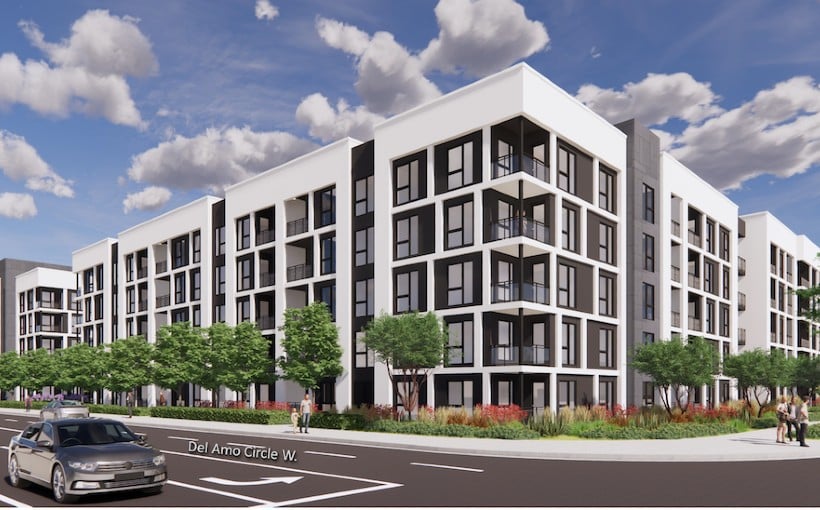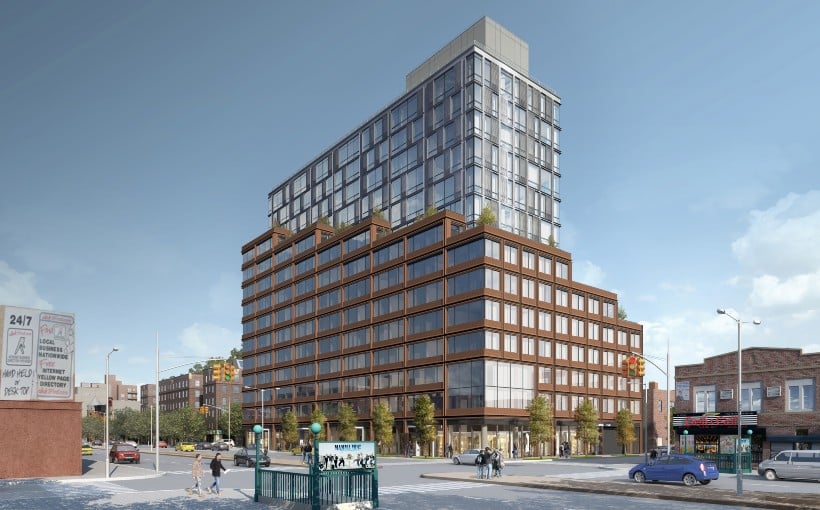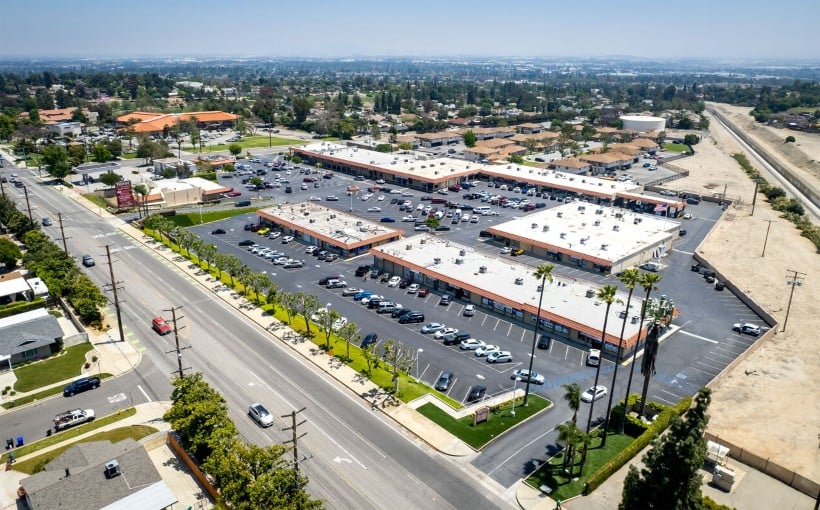According to Jerrid Anderson of Kidder Mathews, microhousing in the Seattle and Puget Sound region is showing resilience despite a softer residential market. However, investors should closely monitor the supply and demand dynamics in each submarket.
Anderson and his colleague Dylan Simon recently released their annual study on the multihousing market in this region. One significant development was HB 1998, which requires cities and counties within urban growth areas to allow “co-living” housing in zones that permit at least six multifamily units. This is a complete reversal from Seattle’s anti-microhousing bill passed in 2014.
Regarding investment, Anderson noted that there have been no microhousing sales so far this year (2024). As the apartment investment market has weakened over recent years, it has also affected demand for microhousing properties. However, since August there has been increased competition for apartments in Seattle leading to higher prices; this trend is expected to continue into 2025 with an anticipated shift towards sellers having more leverage when selling microhousing properties.
In summary: Despite a softening residential landscape overall, Kidder Mathews’ research shows that microhousing remains resilient throughout the Seattle-Puget Sound area. With new legislation allowing co-living options within certain zones as well as increasing competition for apartments driving up prices – particularly impacting larger investments – investors should keep a close eye on supply and demand dynamics within specific submarkets.




